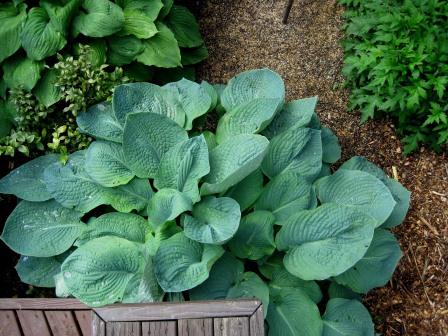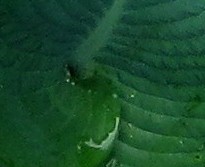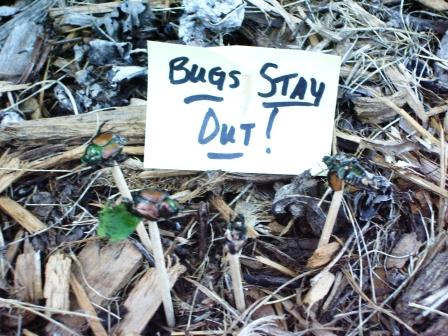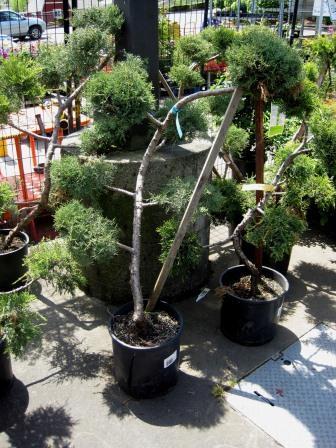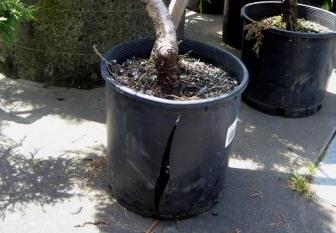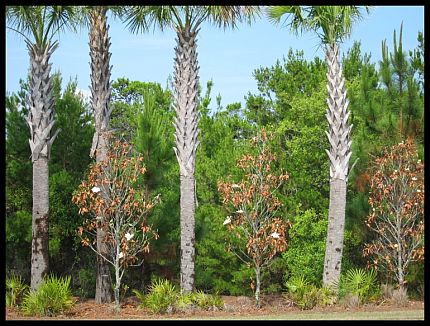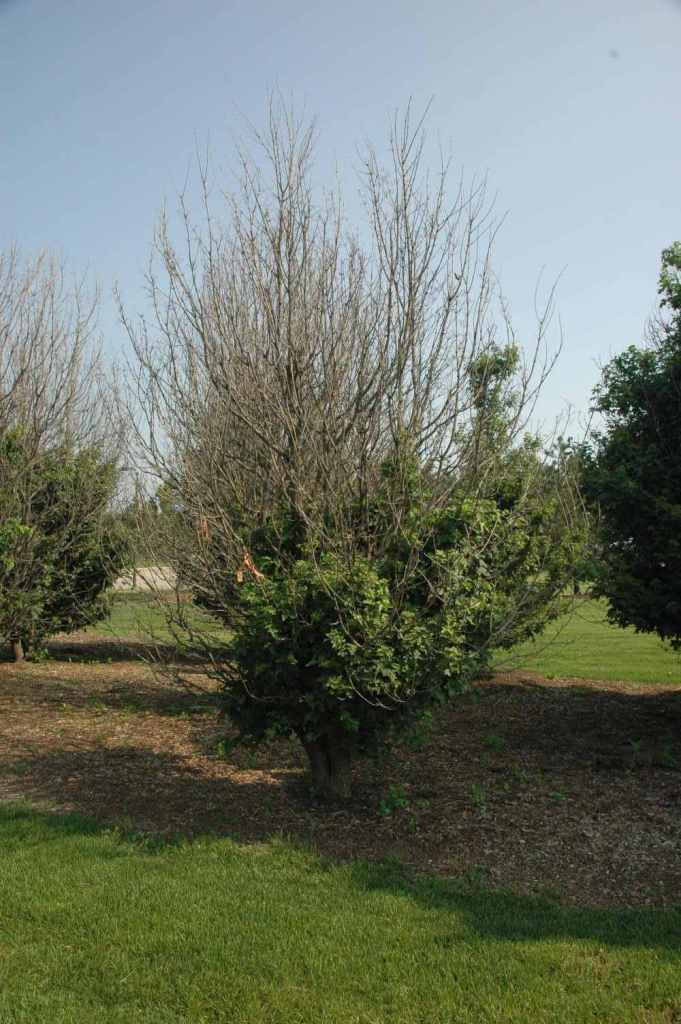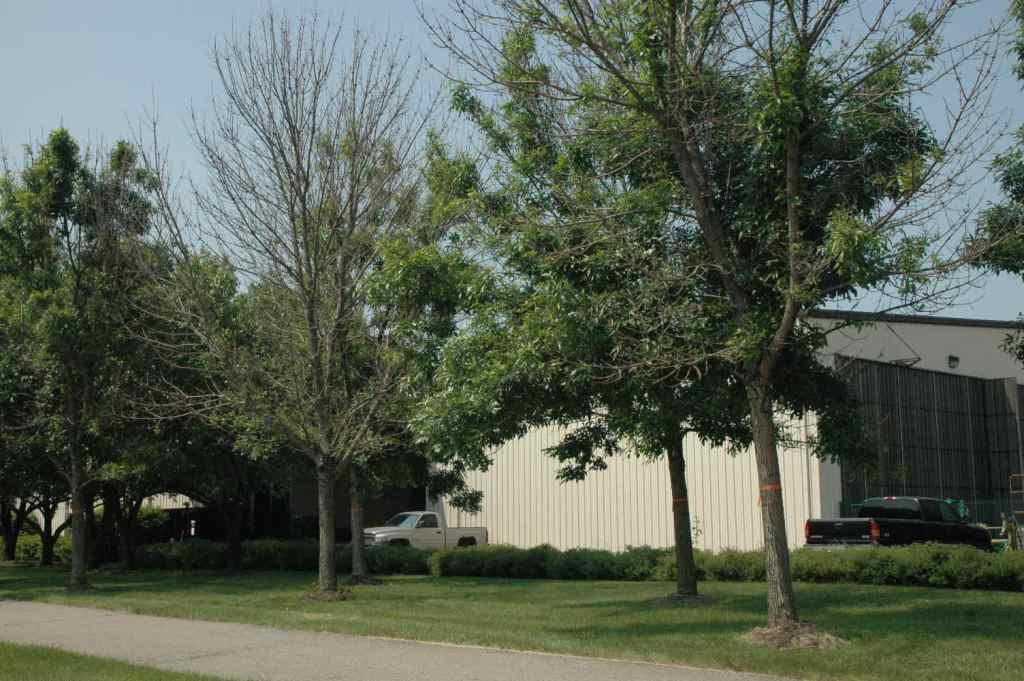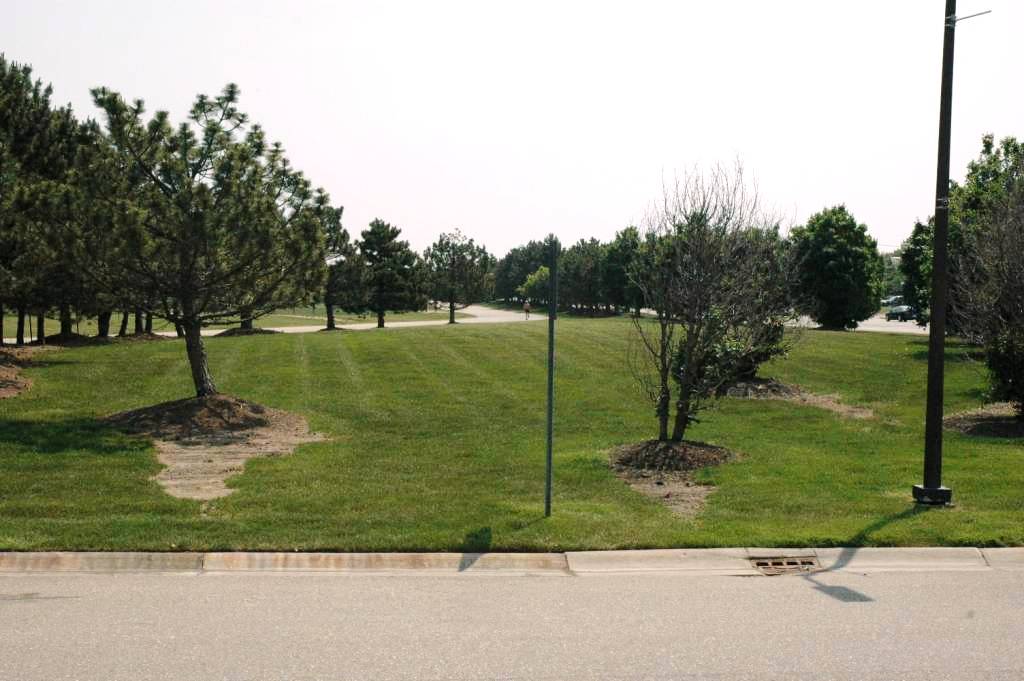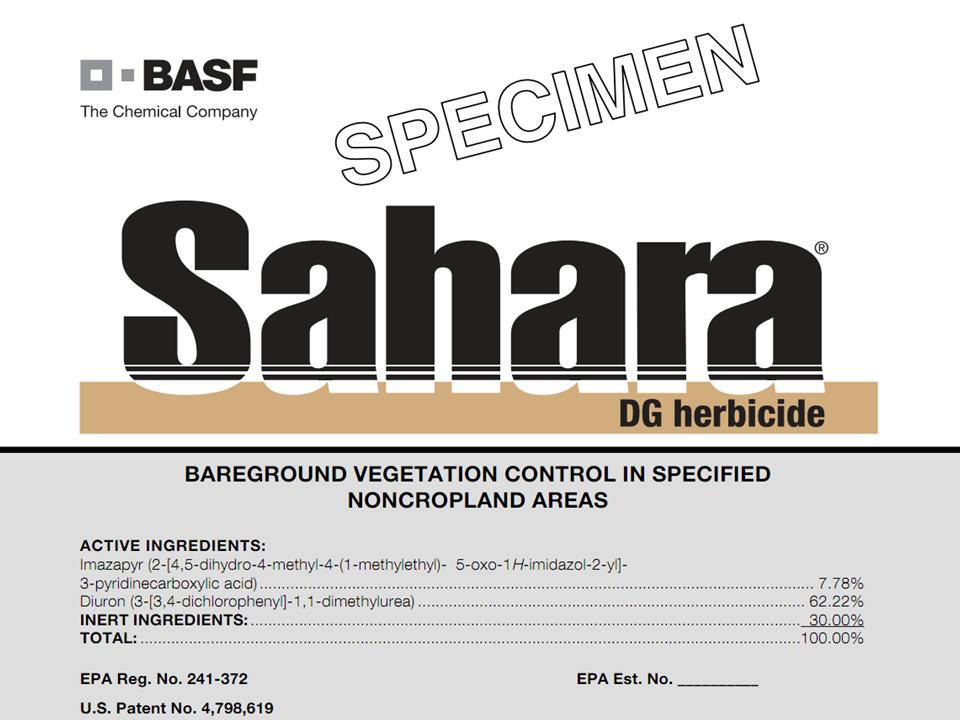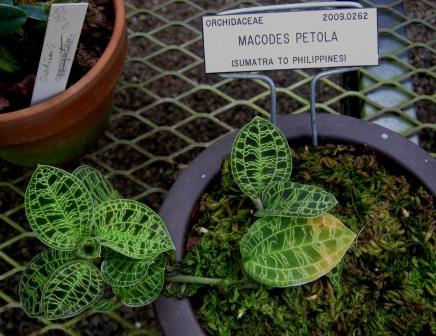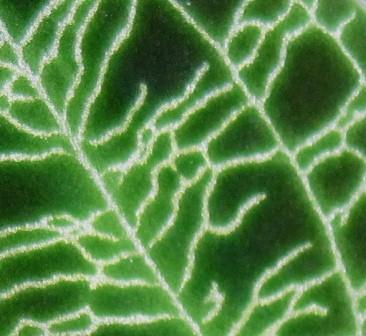Charlie Rohwer, a frequent guest contributor to the Garden Professors, brought to my attention a recent letter in Nature by Mark Davis and 18 other ecologist entitled, “Don’t judge species on their origins.” Davis is a leading authority on invasive species and author the book Invasion Biology. In their article, Davis and his co-authors make many of the same points that I’ve made here on the blog (Are natives the answer? Dec. 14, 2009; Restoration ecologists you need us – part 2. Aug. 9, 2010) regarding the native/exotic debate. The main point is that we need to develop a more pragmatic approach to managing landscape systems and this includes natives and exotic species; it’s not an either/or question anymore, not that it ever really was.
A couple of excerpts from their letter:
“It is time for scientists, land managers and policy-makers to ditch this preoccupation with the native–alien dichotomy and embrace more dynamic and pragmatic approaches to the conservation and management of species — approaches better suited to our fast-changing planet.”
“Clearly, natural-resource agencies and organizations should base their management plans on sound empirical evidence and not on unfounded claims of harm caused by non-natives. Another valuable step would be for scientists and professionals in conservation to convey to the public that many alien species are useful.”
The pragmatic approach that Davis and his co-authors (and I) advocate recognizes a several realities:
Exotics can fill many of the same ecological roles and niches as natives, Doug Talamy’s book notwithstanding.
Any inherent “ecological superiority” of natives over exotics has long since been negated by anthropogenic land-use change, alien pests, and climate change.
Attempts to eradicate alien species are largely warm-fuzzy exercises with little likelihood of success without liberal use of industrial-strength herbicides.
